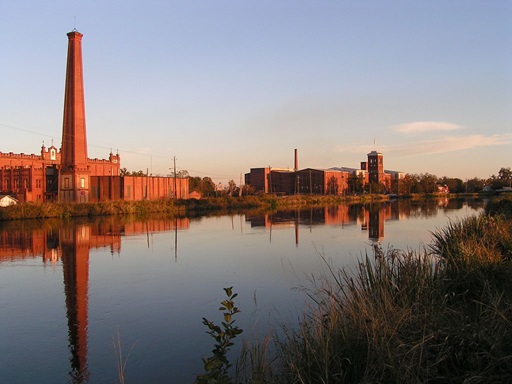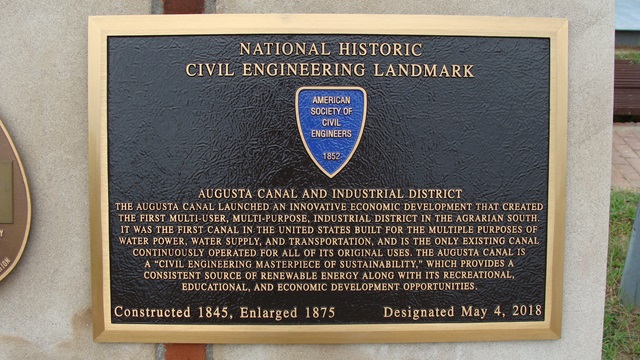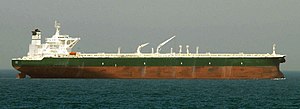Type's of engineering
Type's of engineering:-
Engineering is the discipline and profession that applies scientific theories, mathematical methods, and empirical evidence to design, create, and analyze technological solutions cognizant of safety, human factors, physical laws, regulations, practicality, and cost. In the contemporary era, engineering is generally considered to consist of the major primary branches of chemical engineering, civil engineering, electrical engineering, and mechanical engineering.[1] There are numerous other engineering sub-disciplines and interdisciplinary subjects that may or may not be part of these major engineering branches.
1. Chemical engineering is a discipline influencing numerous areas of technology. In broad terms, chemical engineers conceive and design processes to produce, transform, and transport materials — beginning with experimentation in the laboratory followed by the implementation of the technology in full-scale production.

Chemical engineers are in great demand because of the large number of industries that depend on the synthesis and processing of chemicals and materials. In addition to traditional careers in the chemical, energy, and oil industries, chemical engineers enjoy increasing opportunities in biotechnology, pharmaceuticals, electronic device fabrication, and environmental engineering. The unique training of the chemical engineer becomes essential in these areas when processes involve the chemical or physical transformation of matter.

To do these jobs, the chemical engineer must have a complete and quantitative understanding of both the engineering and scientific principles underlying these technological processes. This is reflected in the curriculum of the Chemical Engineering Department, which includes the study of applied mathematics, material and energy balances, thermodynamics, fluid mechanics, energy and mass transfer, separations technologies, chemical reaction kinetics, and reactor design, and process design. These courses are built on a foundation in the sciences of chemistry, physics, and biology.
People with undergraduate and graduate chemical engineering degrees go on to work in the industry, academia, consulting, law, medicine, finance, and other fields. For more information, the American Institute of Chemical Engineers (AIChE) offers an online database that lists the companies that are the most prolific hirers of its members. The Chemical Engineers in Action site shows the variety of things that chemical engineers can do.
2. Civil engineering:-
Civil engineers design, build, and maintain the foundation for our modern society – our buildings, roads and bridges, drinking water and energy systems, sea ports and airports, and the infrastructure for a cleaner environment, to name just a few.
The Augusta Canal initiated a transformation of the economy of the agrarian South by using civil engineering principles to create manufacturing capacity in a previously less developed region. It directly initiated this transformation in Augusta and thus provided a successful example that numerous other Southern cities subsequently followed.
The Augusta Canal was a bold economic development enterprise begun in 1844 that created the first multi-user, multi-purpose, industrial district in the agrarian South. It transformed the City of Augusta, Georgia and ultimately the entire region from a strictly agrarian economy to a more diversified employment base including manufacturing. Numerous civil engineers participated in its design and construction including William Phillips of Augusta and John Edgar Thomson, the latter of whom was later renowned as President of the Pennsylvania Railroad.
- Water power – The Augusta Canal promoters sought to establish a new cotton textile manufacturing industry close to the source of raw cotton, based on engineered water power. By the 1880s the Augusta industrial complex was a marvel of engineering industrial success that inspired the development of similar large-scale textile manufacturing based on water power across the southern region of the United States from Virginia to Alabama.
- Water supply – To furnish an abundant supply of pure water for the City, the Augusta Canal Water Works was a pioneering work of settling, filter, and clear water basins. A canal water turbine-powered pumping station lifted finished water to a cast iron elevated tank which then supplied sixteen miles of cast iron distribution pipes in the City.
- Transportation – Finally, the Augusta Canal was also built to accommodate the trade boats of the upper Savannah River knowns as Petersburg Boats. It allowed these boats to bypass river rapids through a seven-mile canal and terminated at wharfs in the industrial district along a cul-de-sac-like turning basin. The navigation lock included a unique counter-weighted, portcullis-style, guard lock gate on the upstream end that both admitted boats and guarded against the entrance of floods.
It was the first canal in the United States built for these three purposes and the only one that is still operated for all of its original purposes.
Visiting the landmark

The Augusta Canal National Heritage Area, managed by the National Park Service, provides trails, trailheads, and interpretive information along the seven-mile canal. The Augusta Canal Discovery Center at Enterprise Mill, 1450 Greene Street in Augusta provides interpretive displays about the construction, operation, and significance of the canal for an entry fee. A variety of boat tours are available.

3. Electrical engineering:-
Electrical engineering is a field of engineering that deals with the study and application of electricity, electronics, and electromagnetism. One of the most convenient ways to make energy useful is by converting it to electromagnetic energy, usually called electricity. This chapter expands that introduction by giving a more detailed, but still highly simplified, discussion of electromagnetic energy and some of its uses.
Though electricity is everywhere around us at all times, the easiest way of getting electricity to go where it is needed is by means of an arrangement called an electrical circuit. In this chapter, we learn what electrical circuits are and apply a very simple model for analyzing their operation. The model has as its basic variables charge, current, voltage, and resistance. This simplified treatment relies on a model consisting of Ohm's Law, the Power Law, and Kirchhoff's Voltage and Current Laws. Using these laws, we can analyze the operation of two classes of direct current circuits called series circuits and parallel circuits.
The field of electrical engineering is devoted to the design and analysis of electrical circuits to meet a wide range of purposes. Electrical engineers work in such varied areas as melting metals, keeping food frozen, projecting visual images, powering cell phones, taking elevators to the top of skyscrapers, and moving submarines through the ocean depths. Rather than attempt to describe the entire range of electrical engineering applications, we focus on one case study: the development of ever-faster switches. Different kinds of switches can be implemented in many ways, using the properties of electricity, such as the ability of a current to produce magnetism and the use of electric charge to control the flow of current.
Mechanical engineering is the study of physical machines that may involve force and movement. It is an engineering branch that combines engineering physics and mathematics principles with materials science, to design, analyze, manufacture, and maintain mechanical systems.[1] It is one of the oldest and broadest of the engineering branches.
4. Mechanical engineering:-
Mechanical engineering requires an understanding of core areas including mechanics, dynamics, thermodynamics, materials science, design, structural analysis, and electricity. In addition to these core principles, mechanical engineers use tools such as computer-aided design (CAD), computer-aided manufacturing (CAM), and product lifecycle management to design and analyze manufacturing plants, industrial equipment and machinery, heating and cooling systems, transport systems, aircraft, watercraft, robotics, medical devices, weapons, and others.
Mechanical engineering emerged as a field during the Industrial Revolution in Europe in the 18th century; however, its development can be traced back several thousand years around the world. In the 19th century, developments in physics led to the development of mechanical engineering science. The field has continually evolved to incorporate advancements; today mechanical engineers are pursuing developments in such areas as composites, mechatronics, and nanotechnology. It also overlaps with aerospace engineering, metallurgical engineering, civil engineering, structural engineering, electrical engineering, manufacturing engineering, chemical engineering, industrial engineering, and other engineering disciplines to varying amounts. Mechanical engineers may also work in the field of biomedical engineering, specifically with biomechanics, transport phenomena, biomechatronics, bionanotechnology, and modelling of biological systems.



0 Comments:
Post a Comment
Subscribe to Post Comments [Atom]
<< Home